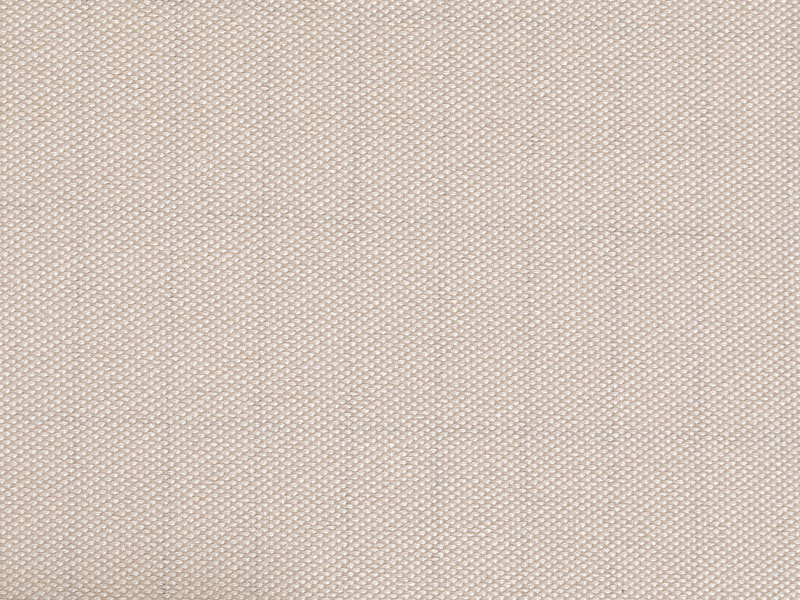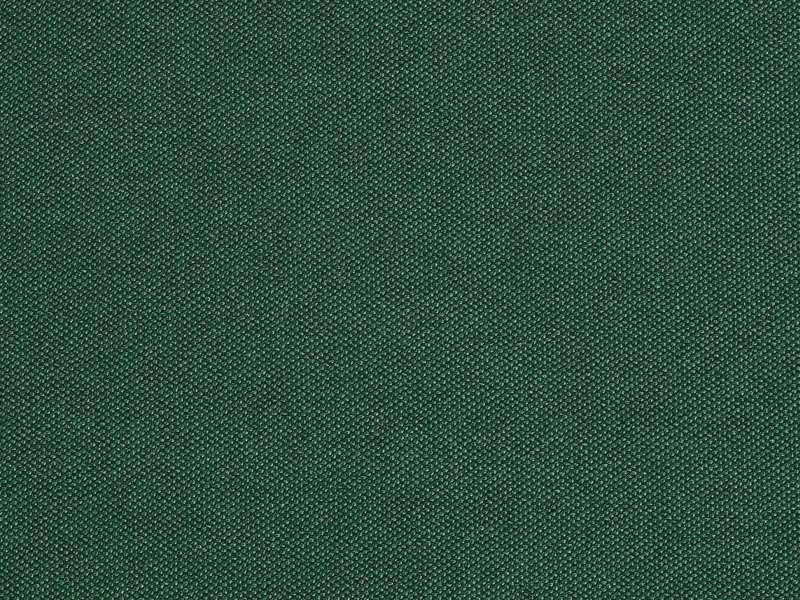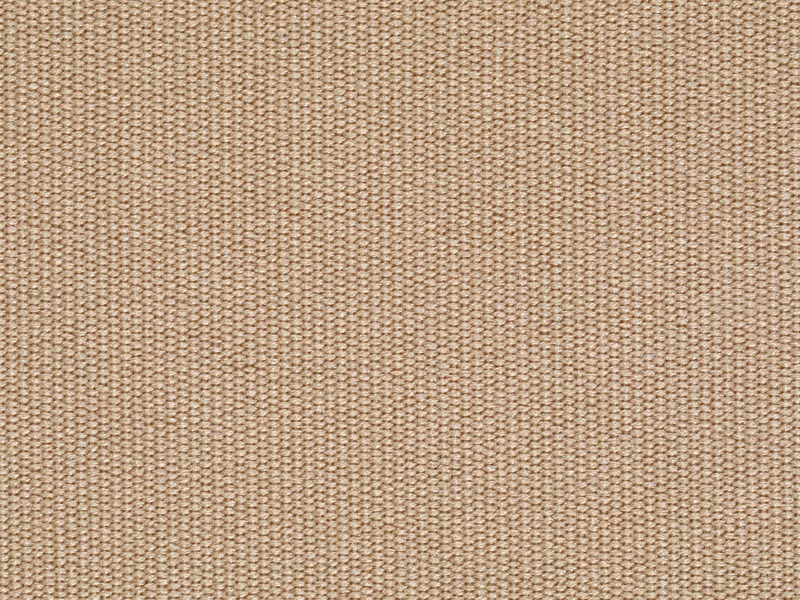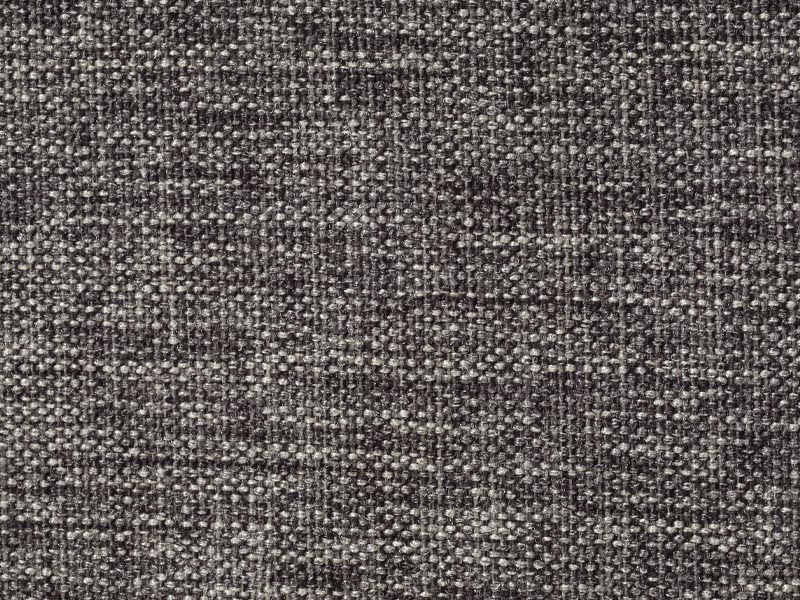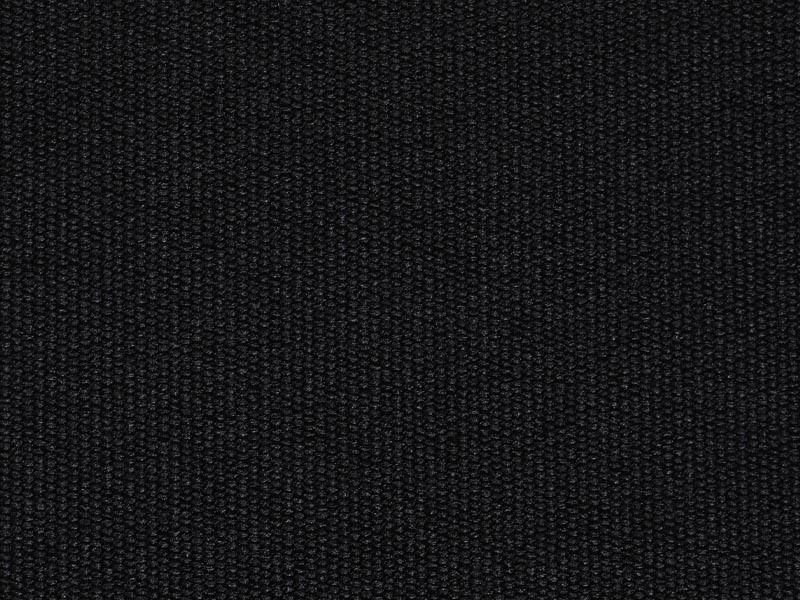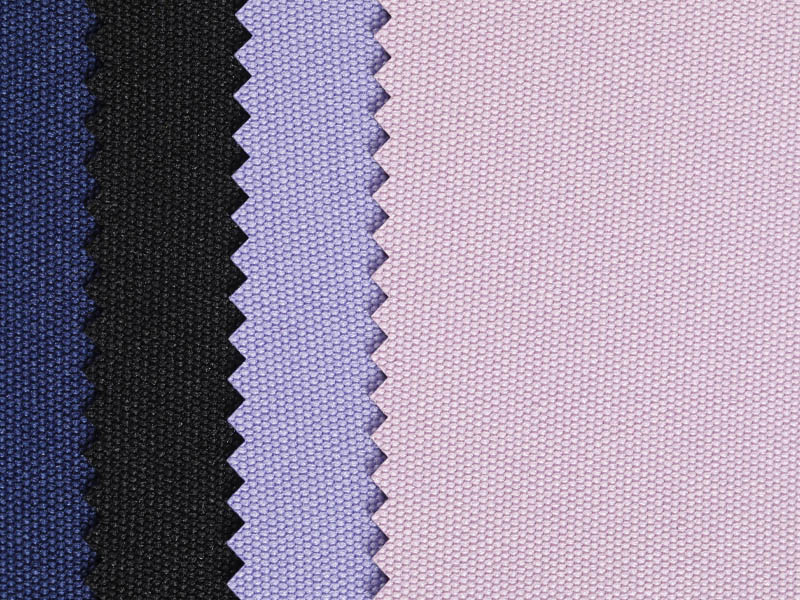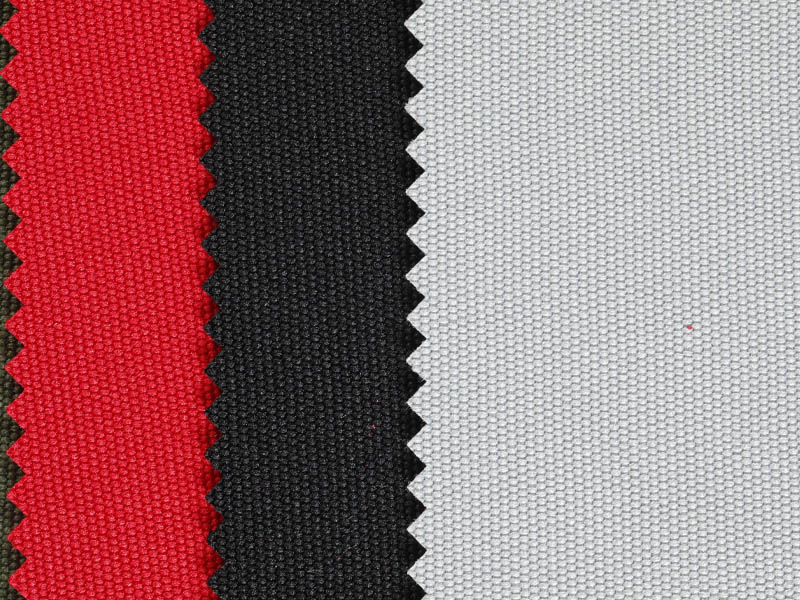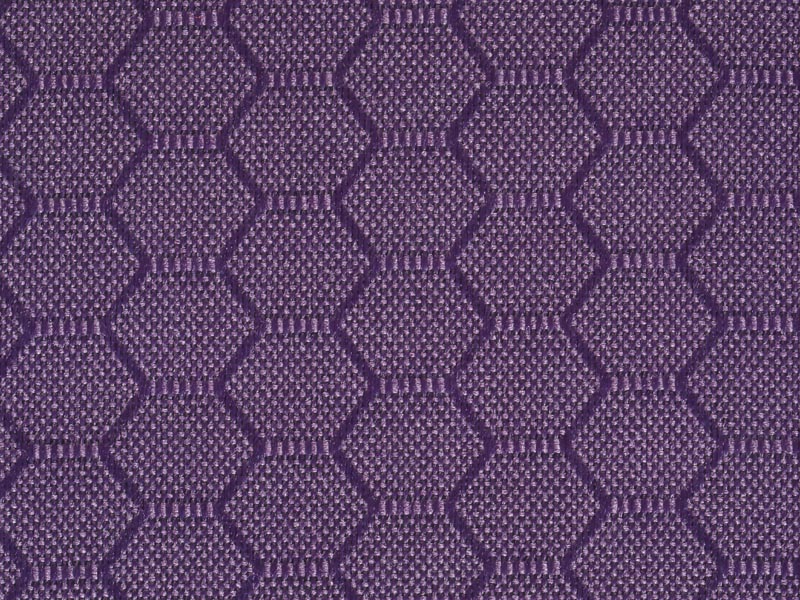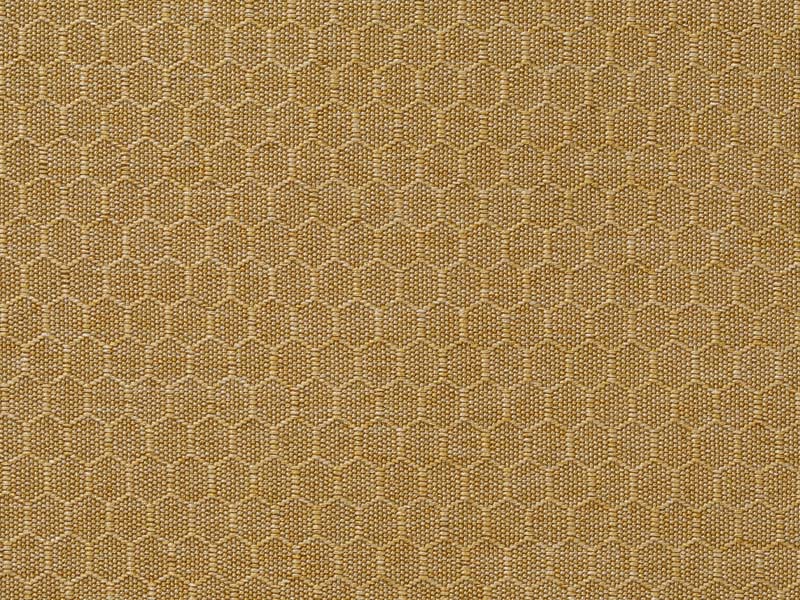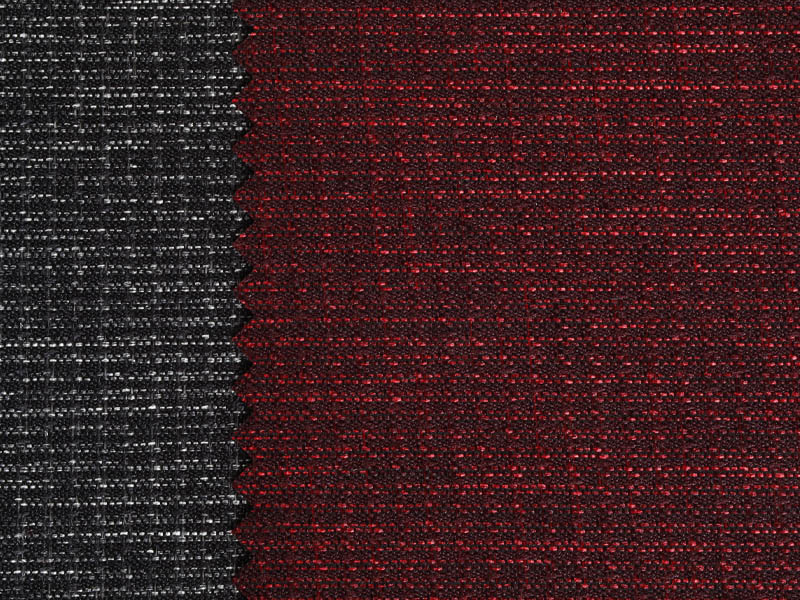Tent Material Breakthroughs: Enhancing Durability and Comfort for Campers
Posted by Admin
Sale tent screen material In China
In the world of outdoor enthusiasts, the tent is more than just a temporary shelter; it's a home away from home. The quality of a tent's material can make or break a camping experience, affecting everything from comfort to safety. Recent advancements in tent material technology have revolutionized the camping industry, offering campers outstanding durability and comfort. This article delves into the latest tent material breakthroughs that are transforming the way we camp.
The traditional canvas and polyester materials have long been the go-to options for tent construction. However, with the advent of new materials and manufacturing techniques, the landscape of tent materials is evolving. Innovations in tent material science have led to fabrics that are lighter, stronger, and more weather-resistant, providing campers with a more enjoyable and secure outdoor experience.
One of the significant tent material breakthroughs is the development of high-performance fabrics that combine the better attributes of various materials. These new composite tent materials offer a balance of weight, durability, and weather protection that was previously unattainable. For instance, some manufacturers are now using a blend of polyester and nylon, which not only enhances the tent's resistance to tearing and abrasion but also improves its water repellency.
Another tent material innovation is the incorporation of nanotechnology. Nanomaterials are being used to create tent fabrics that are not only incredibly lightweight but also possess high strength and resistance to UV degradation. These nano-enhanced tent materials are setting new standards for durability, ensuring that tents can withstand the harshest weather conditions and the test of time.
In addition to durability, comfort is a critical factor in tent material selection. Recent breakthroughs have focused on improving the breathability and insulation properties of tent materials. New fabrics with microporous structures allow for better air circulation, reducing condensation and increasing comfort during warm nights. Simultaneously, these materials maintain nice insulation, keeping campers warm in colder climates.
Tent material advancements have also addressed the issue of setup and packability. Modern tents are now made with materials that are not only easy to assemble but also compact when packed. The use of lightweight, yet robust, tent materials has made it possible to create tents that can be set up in minutes and packed down into a small, manageable size. This convenience is particularly appealing to backpackers and those who value efficiency in their camping gear.
Sustainability is another area where tent material breakthroughs are making a difference. Eco-friendly tent materials are being developed using recycled or biodegradable components. These materials not only reduce the environmental impact of tent production but also offer a longer lifespan, reducing waste over time. The use of sustainable tent materials is a win-win for both the environment and campers who are conscious of their ecological footprint.
When it comes to durability, tent materials are now being treated with advanced coatings and finishes that enhance their resistance to water, mold, and mildew. These treatments are not only improving the longevity of tents but also ensuring that they remain comfortable and safe for use over multiple camping trips. The application of these treatments has become a standard in the industry, with many manufacturers offering tents with a range of protective coatings to suit different environments and user preferences.
In terms of comfort, tent materials are being designed with the end-user in mind. The development of materials that block out noise and light can significantly improve the sleeping experience for campers. These materials are particularly beneficial for those who are sensitive to external disturbances or who camp in areas with high levels of ambient noise or light pollution.
The integration of smart technologies into tent materials is another exciting development. Some Tent Material now include sensors that can monitor environmental conditions such as temperature and humidity, providing valuable data to campers and potentially improving their comfort and safety. This integration of technology with tent materials is a sign of things to come, as the camping industry continues to innovate and adapt to the needs of modern campers.
In conclusion, the tent material breakthroughs of recent years have significantly enhanced the durability and comfort of tents for campers. From high-performance fabrics that offer a balance of weight and weather protection to eco-friendly materials that reduce environmental impact, the advancements in tent materials are vast and varied. As the camping industry continues to push the boundaries of what is possible with tent materials, campers can look forward to even more comfortable, durable, and sustainable on the future. These innovations not only improve the camping experience but also contribute to the overall enjoyment and safety of outdoor adventures.

 English
English Français
Français Español
Español عربى
عربى Tiếng Việt
Tiếng Việt
